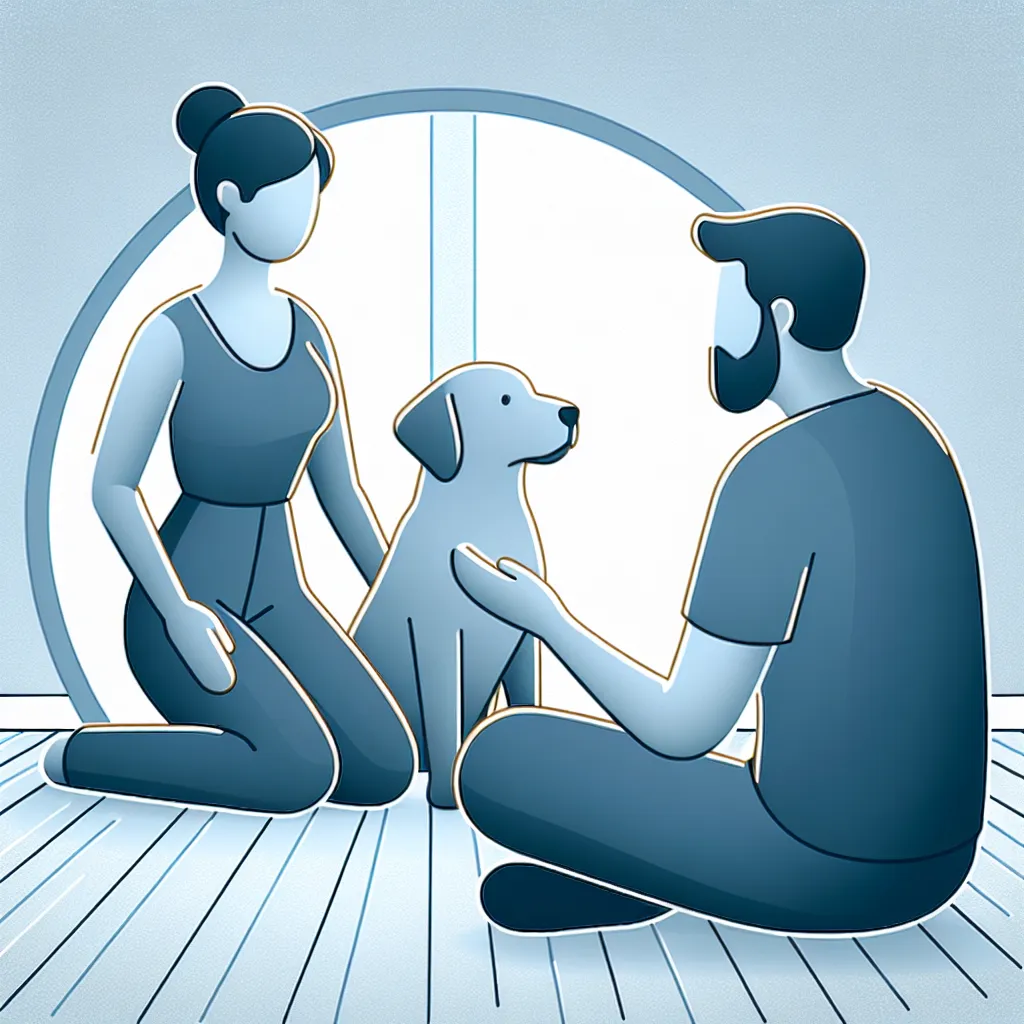Reading Your Dog’s Body Language: A Guide to Canine Communication
Understanding canine communication is essential for building a strong and healthy relationship with your dog. One of the most important aspects of canine communication is reading your dog’s body language. Dogs express their emotions through body movements, facial expressions, and vocalizations, and being able to interpret these signals is crucial for understanding your furry friend.
When it comes to reading your dog’s body language, there are several key indicators to look for. A dog wagging its tail doesn’t always mean it’s happy – the position and speed of the wag can convey different emotions. Similarly, a relaxed body with a loose, wiggly posture often indicates a friendly and approachable demeanor, while a tense body with stiff movements may suggest discomfort or aggression.
Facial expressions also play a significant role in canine communication. A relaxed, open mouth with a soft gaze indicates a content and relaxed state, while bared teeth or a wrinkled muzzle can signal fear or aggression. Additionally, the ears, eyes, and overall body posture can provide important clues about how a dog is feeling.
It’s important to remember that individual dogs may have unique ways of expressing themselves, so familiarizing yourself with your dog’s specific body language cues is crucial. By learning to read your dog’s body language, you can better understand their emotions and respond appropriately to their needs, ultimately strengthening the bond between you and your canine companion.
By honing your ability to interpret your dog’s body language, you can create a deeper and more harmonious relationship with your furry friend, built on trust and understanding.
Interpreting Canine Facial Expressions: Understanding Your Dog’s Emotions
Understanding canine communication is crucial for interpreting your dog’s emotions. One key aspect of canine communication is interpreting facial expressions. Dogs use their facial muscles to convey a wide range of emotions, and as a dog owner, it’s important to be able to recognize these expressions to understand how your dog is feeling.
When a dog is happy, their facial muscles are relaxed, and their eyes may appear soft and squinty. They may also have a relaxed mouth with their tongue lolling out. On the other hand, when a dog is feeling fearful or anxious, their facial muscles may tense up, their eyes may widen, and they may show the whites of their eyes. A stressed dog may also lick their lips or yawn excessively, indicating discomfort.
Similarly, a dog expressing aggression or dominance may display a wrinkled muzzle, raised hackles, and a direct, intense stare. Understanding these facial expressions can help you respond appropriately to your dog’s emotions and avoid potential conflicts or stress triggers.
By paying close attention to your dog’s facial expressions and body language, you can develop a deeper understanding of their emotions and strengthen the bond between you and your canine companion.
Recognizing and interpreting canine facial expressions is a vital part of understanding your dog’s emotions, and it can greatly enhance your ability to communicate effectively with your furry friend.
Decoding Dog Scent Signals: The Power of Canine Olfactory Communication
Understanding canine communication is crucial for dog owners to build a strong bond with their pets. Decoding dog scent signals is a key aspect of canine olfactory communication and plays a significant role in how dogs express emotions. Canines have an incredibly powerful sense of smell, with up to 300 million olfactory receptors in their noses, compared to about 5-6 million in humans. This heightened sense of smell allows dogs to communicate through scent in various ways.
When a dog sniffs another animal or person, they are gathering a wealth of information about the individual’s emotions, health, and even their identity. Additionally, dogs use their scent to mark territory, communicate reproductive status, and convey emotions such as fear, stress, or relaxation. Understanding these scent signals can help dog owners interpret their pet’s behavior more accurately.
Furthermore, dogs can detect hormonal changes, such as cortisol levels, through scent, enabling them to sense emotions like fear or anxiety in humans. This ability makes them valuable companions for individuals with certain medical conditions and has led to the development of therapy dogs that can provide support and comfort to those in need.
In conclusion, decoding dog scent signals is a vital part of understanding canine communication and emotions. By recognizing the power of canine olfactory communication, dog owners can deepen their connection with their pets and provide better care based on a more profound understanding of their needs and emotions.
Vocal Cues: How Dogs Communicate Emotions Through Barks and Whines
Understanding canine communication is essential for any dog owner. Dogs use a variety of methods to express their emotions, with vocal cues being a significant aspect of their communication. Barks and whines are common vocalizations that convey different emotions. A sharp, short bark may signal alertness or excitement, while a continuous, high-pitched bark often indicates distress or anxiety. On the other hand, whining can express a range of emotions, from frustration and anxiety to seeking attention or expressing submission. By paying attention to the pitch, duration, and frequency of barks and whines, dog owners can better understand their pet’s emotional state. Recognizing these vocal cues is crucial for building a stronger bond with your dog and addressing their needs effectively.




